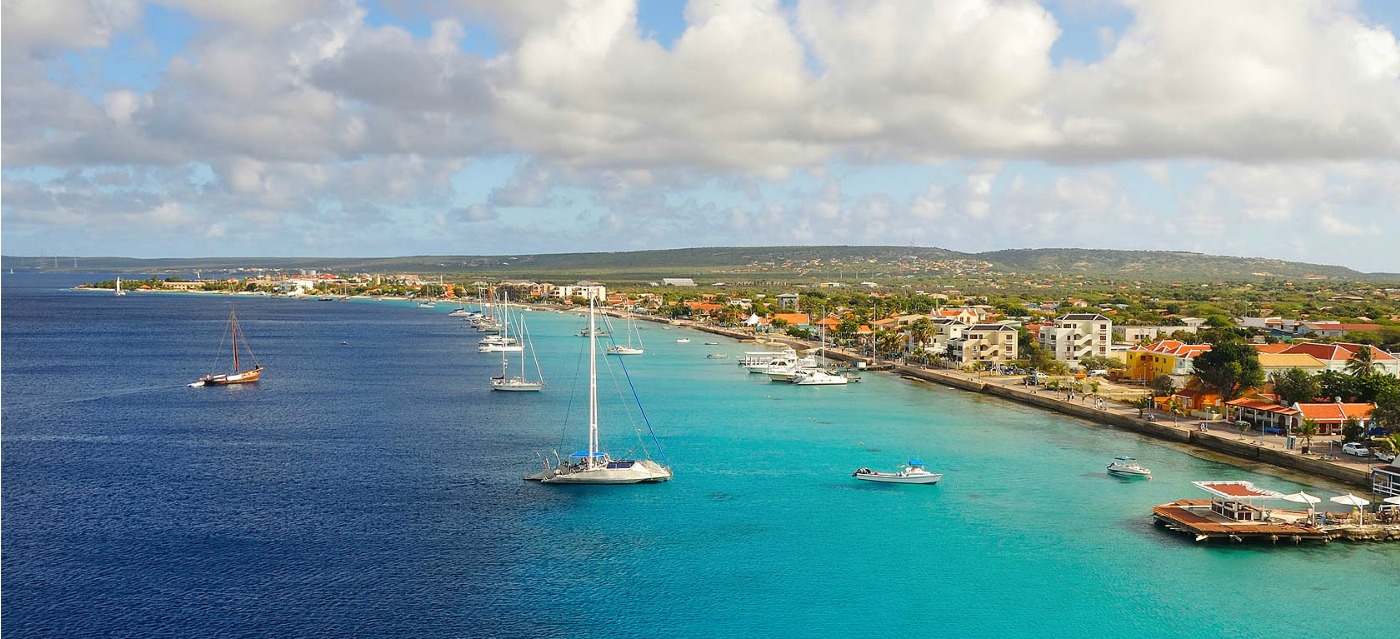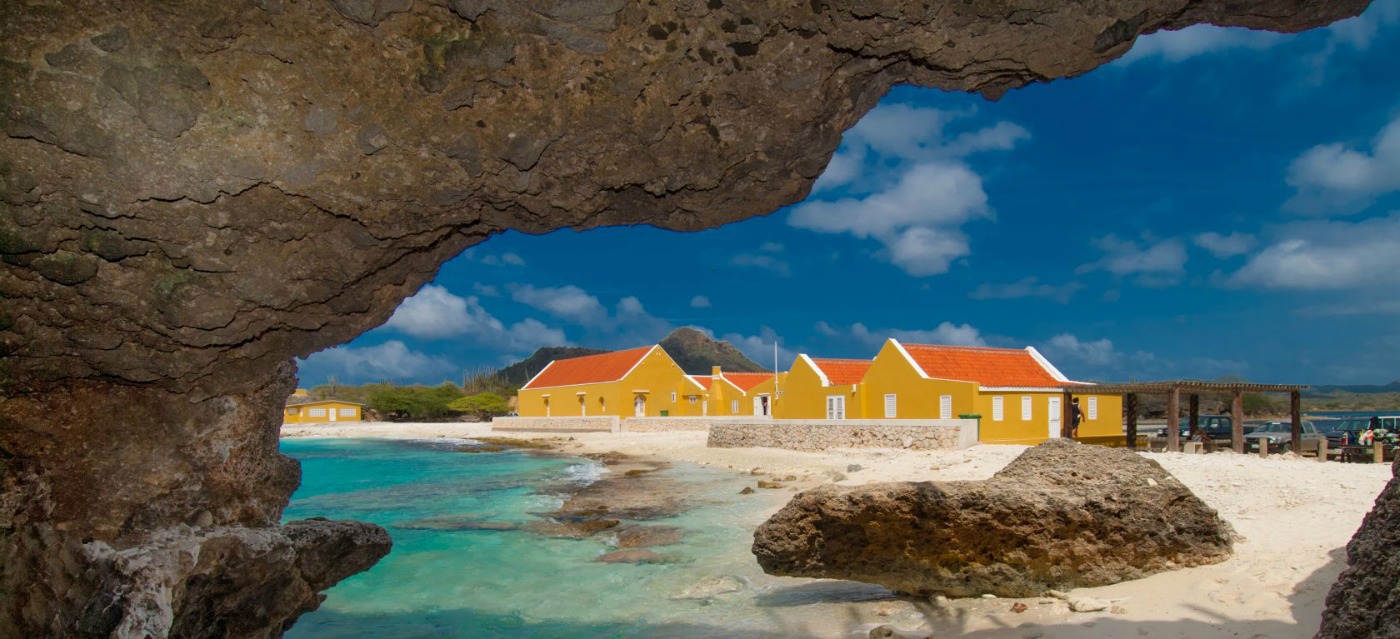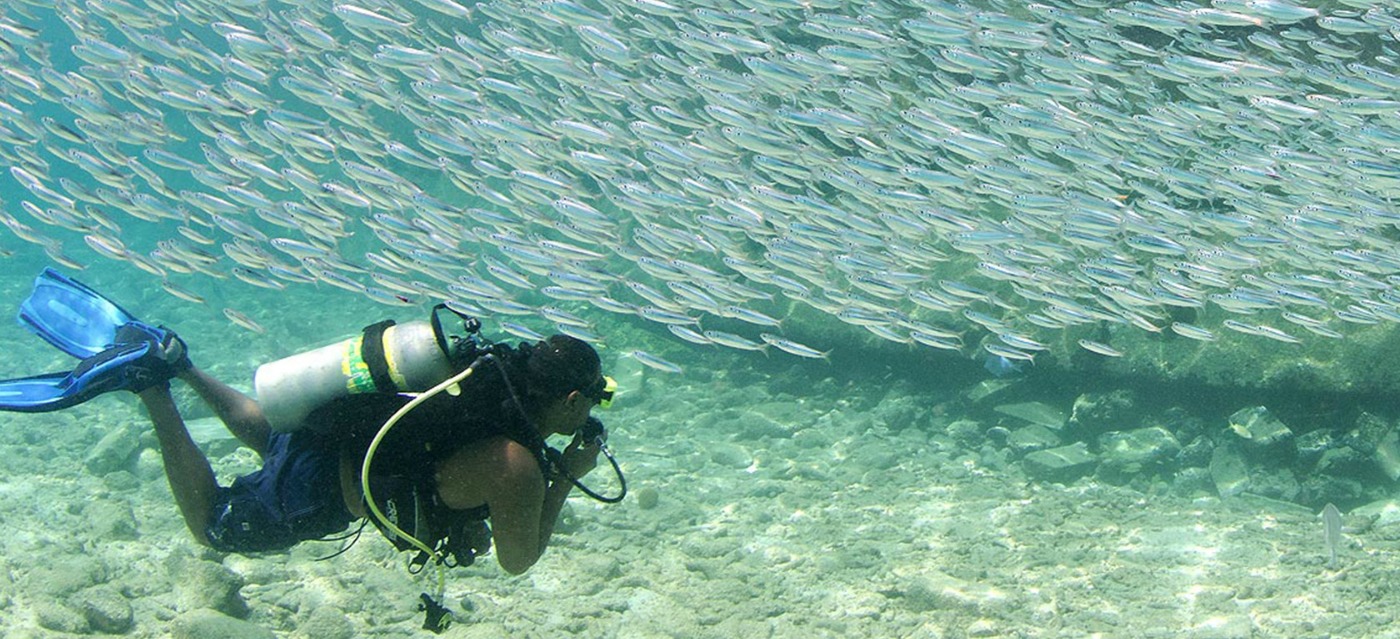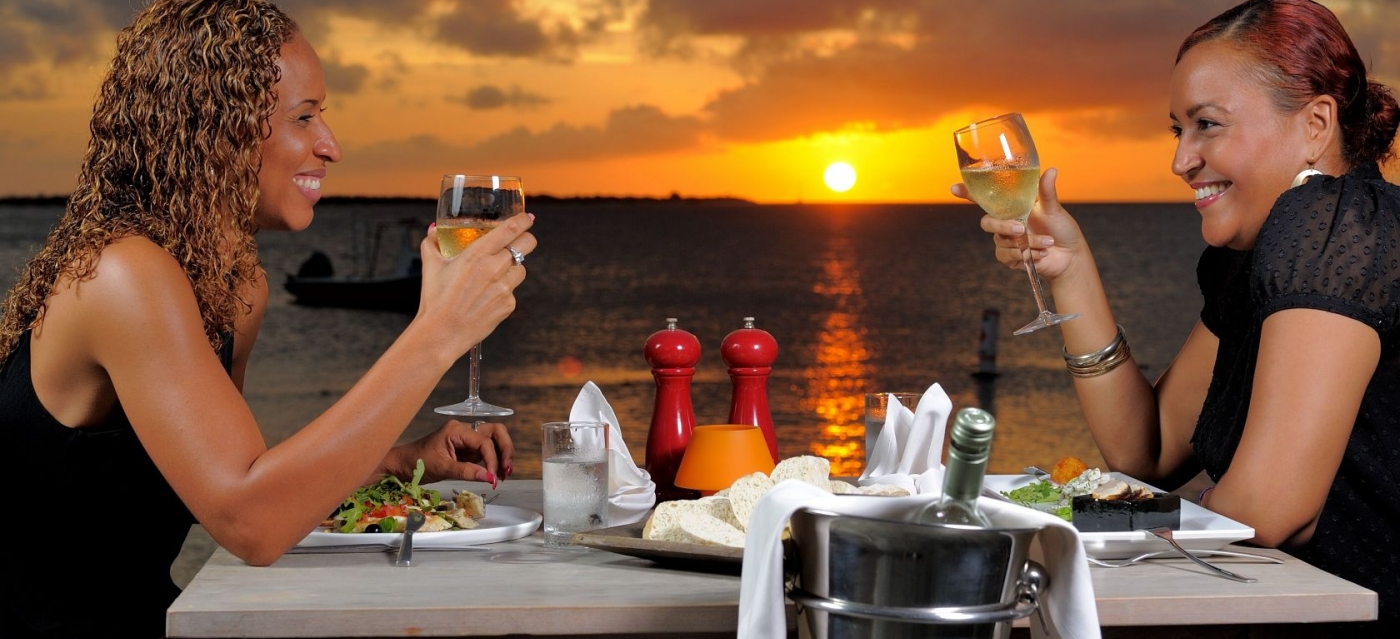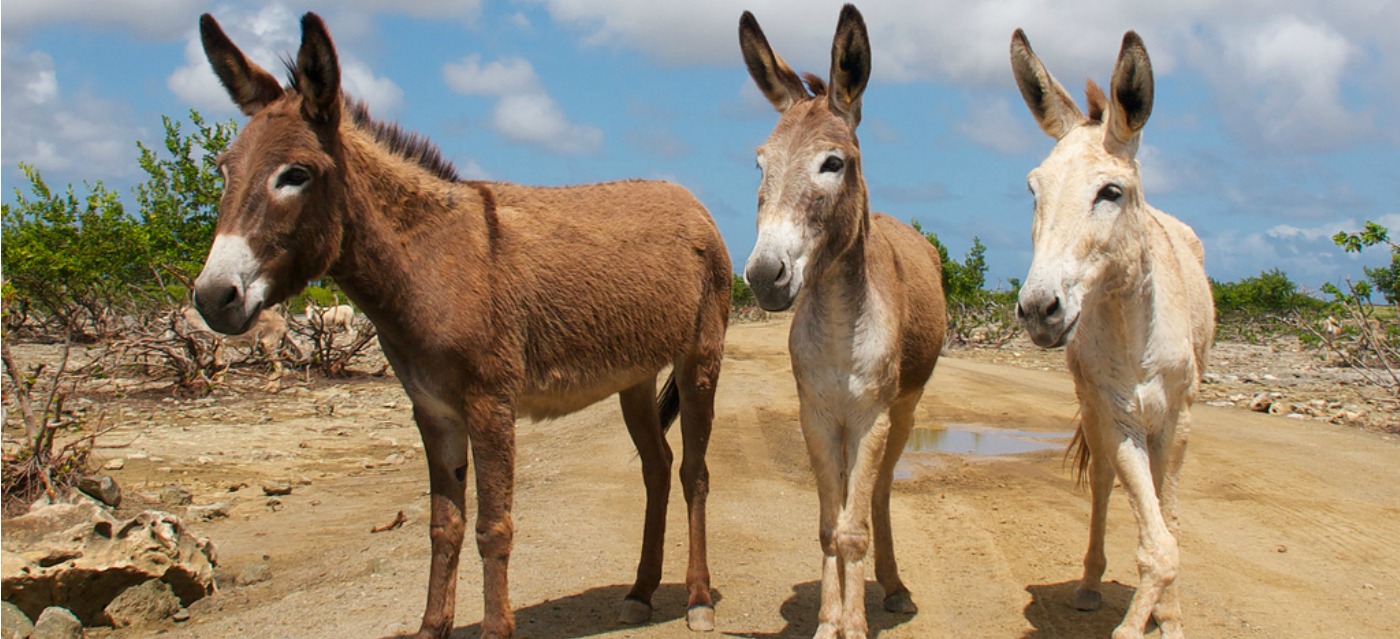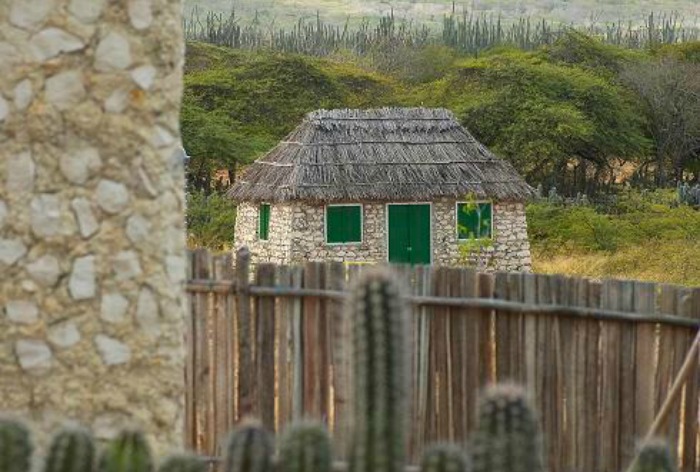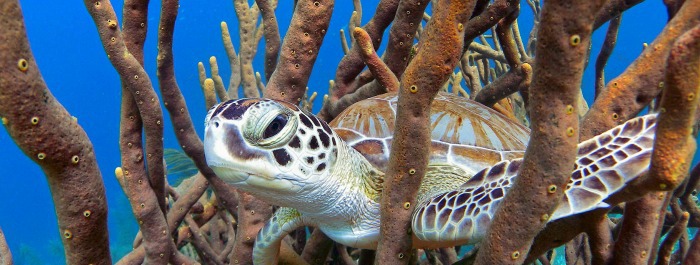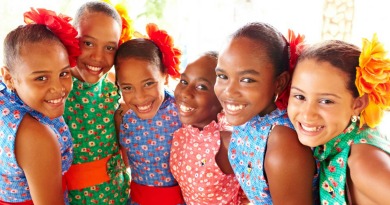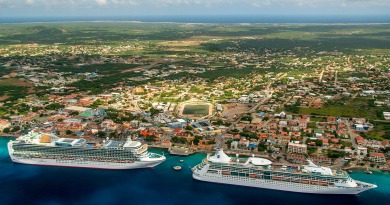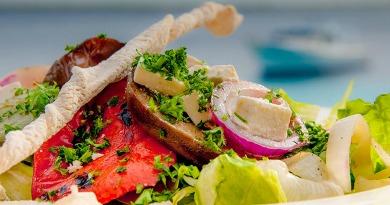Bonbini to Bonaire
Bonaire continues to reign supreme as “the” dive destination in the Caribbean. Bonaire has been designated as the no. 1 in shore diving destination for the region for the past 20 years in Readers ‘Choice Awards in Scuba Diving Magazine and no. 1 for Marine and Macro Life, next to other activities as, kite surfing, windsurfing and snorkeling.
The island invites you to delve into the wonderful activities the island offers, both terrestrial and marine, which make Bonaire a unique destination. We encourage you to explore, to enjoy, becoming a part of Bonaire, absorbing our nature, our culture, and our cuisine. The warmth from the sunshine is here for all to enjoy while on Bonaire, but you will cherish the afterglow of the Bonairean people in your hearts forever. We assure you that “Once a Visitor Always a Friend”.

